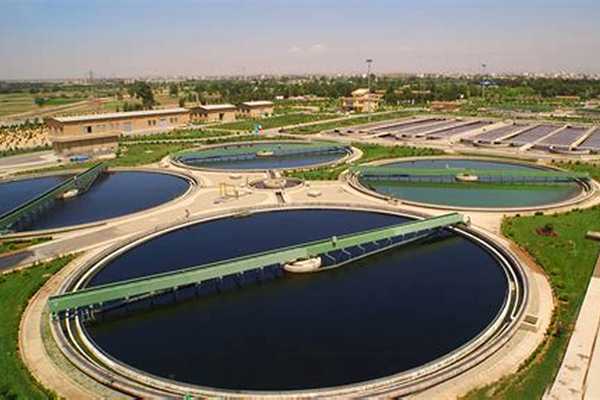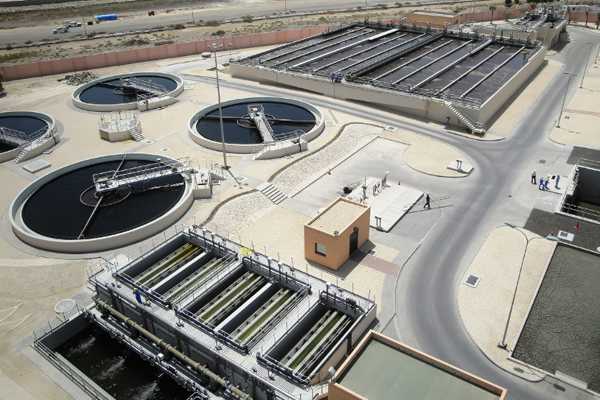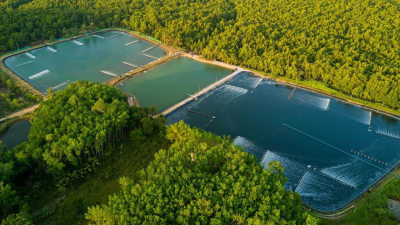
WATER - Sewage treatment
Brief Introduction
Many wastewater treatment plants (WWTPs) use ponds for their treatment. Geosynthetics have been successfully used to improve the storage and treatment of water and wastewater.
Water recycling refers to the reuse of cleaned wastewater. The wastewater free of impurities and harmful substances is returned to factories or used in agriculture, which can save high-quality resources.
Sewage treatment (or domestic wastewater treatment, municipal wastewater treatment) is a type of wastewater treatment which aims to remove contaminants from sewage to produce an effluent that is suitable for discharge to the surrounding environment or an intended reuse application, thereby preventing water pollution from raw sewage discharges.
Geomembranes
With low permeability, cost-effectiveness, and easy installation, geomembranes are usually required to be lined, as they can prevent contaminated waste liquid from seeping into groundwater.
In wastewater applications, the geomembranes can also be used as floating covers to limit rainwater intrusion into the pond and prevent the release of unpleasant odors.
Geotextiles
Because of its filtration performance, the use of geotextile can remove 50-70% of suspended solids from municipal wastewater.
In terms of simple construction and maintenance, low investment and operating costs, the pollutant removal efficiency is satisfactory.










